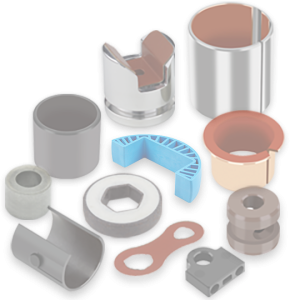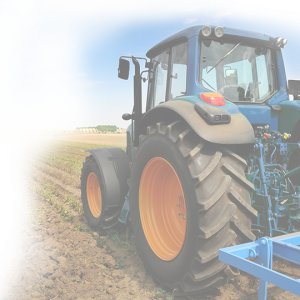This is because plain cylindrical bearings have more contact surface area than rolling element bearings, so loads are more evenly distributed across the surface. Cylindrical bearing applications may include applications with either radial or axial loads.
GGB'S CYLINDRICAL BEARINGS DESIGN, MATERIALS & BENEFITS
Switching from rolling element bearings to GGB cylindrical bearings results in savings from lower parts costs, low-risk assembly and installation, relaxed shaft tolerances and surface finish plus hardness requirements. Cylindrical bearings resist damage from fatigue, shock and edge loads, and they tolerate misalignment better than rolling element bearings. Ultimately, customers will experience savings from lower maintenance costs and extended equipment life.
Cylindrical bearings have straight outside and inside diameters and are flush inside the housing. Due to their simple construction, cylindrical bearings are easy to install with a simple press fitting, reducing potential installation damage. They are slim, which saves space and weight, and cylindrical bearing sizes vary according to their use and client needs.
GGB offers many shapes, sizes and materials of cylindrical bearings, including:
WHAT ARE CYLINDRICAL BEARINGS USED FOR?
Cylindrical bearings are extremely versatile and may be used for many applications. Common cylindrical bearing uses include:
Additional uses may include offshore FPSO systems, brake mechanisms, alternators and starter motors.





